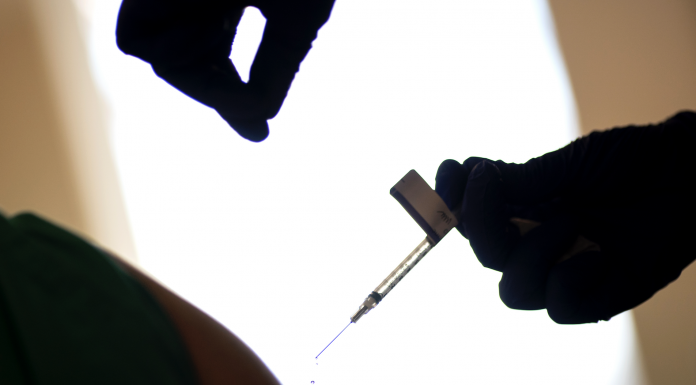Myths and fears: Because the mRNA approach to vaccines is new, you might have seen claims and worries about what might happen after it’s injected into the body. These include the claim that the genetic material in the vaccine will find its way into your DNA permanently.
Some have even claimed that a person who gets vaccinated becomes a “chimera” or a “transhuman,” or that because the vaccine’s mRNA was made in cells of a male, a woman receiving it will become partly male.
The bottom line: The first two COVID-19 vaccines contain a specific kind of genetic material called mRNA.
The mRNA in the vaccines doesn’t need to go into the nucleus of a cell, where DNA is stored, in order to accomplish its mission of teaching the immune system how to recognize coronavirus.
In order to become part of your DNA, the mRNA would have to go through an extremely unlikely, though hypothetically possible, process to be converted from mRNA to DNA, reach the nucleus of the cell, and get “stitched” into your DNA. Even if this did happen, it’s extremely unlikely to cause problems.
FACT: The mRNA-based vaccines do not change a person’s DNA
More detail: The “m” in mRNA stands for “messenger”, and that’s a good description of what the vaccine does. It brings a message into the body, to tell the immune system what to look for if coronavirus gets in.This message first has to be decoded, like those radio transmissions written in secret code that you might see in a World War II movie.
The mRNA gets decoded by structures in cells called ribosomes, but this happens outside the nucleus where the DNA is stored. The decoded message then tells the cells of the immune system what some of the proteins on the outside of the coronavirus looks like. This helps them get ready to attack coronavirus in the future if you get exposed to it.
After the mRNA message is decoded, the cell’s “garbage disposal” breaks the mRNA down. It doesn’t stay intact, and can’t just find its way into the nucleus. It’s like the secret agent messages in an old TV show that would say “this message will self-destruct in five minutes.
”The human body can convert DNA into mRNA – in fact, our bodies wouldn’t work if this didn’t happen. But this is typically a one-way process. Theoretically, there is a way for your body to convert mRNA into DNA, but only if your cells manage to hijack proteins encoded by a naturally occurring “jumping gene” called a LINE-1 retrotransposon.
This gene tells the cell how to make a protein called reverse transcriptase, which can “read” mRNA and churn out a stretch of DNA. But the chances of this happening are extremely small. And even if it does, and the new DNA gets integrated into your existing DNA, the chances that this would cause negative consequences are even smaller.
The benefit of receiving the vaccine, and having a greatly reduced chance of developing serious COVID-19, far outweighs the remote chance of such an event.
Some of the claims about mRNA might come from confusion about what we do know about viruses in our body. Some viruses, like the virus that causes chicken pox, can sleep in our cells for decades, only to wake up later and cause shingles.
Other viruses, like HIV, bring their own copy of reverse transcriptase into your cells, which allows them to convert their RNA into DNA and then make themselves part of our DNA. But none of the COVID-19 vaccines available now or now being tested contain an intact coronavirus — just enough mRNA, protein or RNA to alert the immune system.
TO BE CONTINUED …
(c) Michigan Medicine, Creative Commons Attribution 3.0 license.”
About Michigan Medicine | Michigan Medicine accreditations
PREVIOUSLY IN THIS SERIES:



